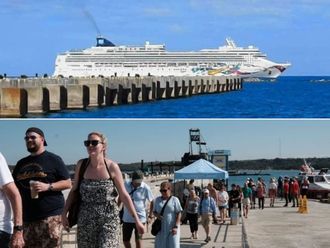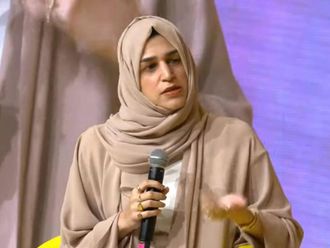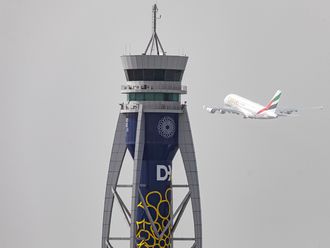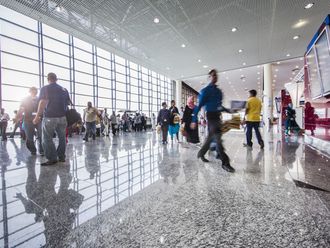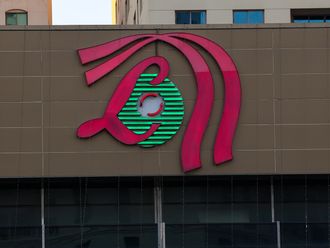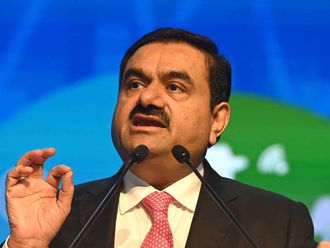Dubai: Hotels throughout the Middle East saw occupancy drop by 3.5 per cent to 60.2 per cent in the second quarter, according to data released on Monday by STR.
The average daily rate (ADR) dropped compared to the second quarter of 2017, falling 5.8 per cent down to $159.13.
The revenue per available room (RevPAR), a key metric used to measure the health of a hotel, declined by 9.1 per cent to $95.73 compared to the same period last year.
Morocco brought some good news, however, seeing its ADR jump 24.1 per cent to 1,305 Moroccan dirhams. The kingdom’s RevPAR was also up by 22.4 per cent to 174.85 Moroccan dirhams, whilst its occupancy dropped marginally by 0.9 per cent.
STR analysts attribute Morocco’s strong growth in ADR and RevPAR to multiple events that stimulated the tourism economy in the country as well as the usual boost in demand (room nights sold) that occurs after Ramadan.
The 22.4 per cent jump in RevPAR was especially notable given that RevPAR increased 15.7 per cent during the second quarter of 2017.
Kuwait, meanwhile, mostly recorded drops across key metrics.
According to STR, the Gulf state received a lift in demand during Eid Al Fitr like most countries in the region.
However, the country’s absolute RevPAR levels have remained low since the drop in oil prices and subsequent lower occupancy levels, they added.


